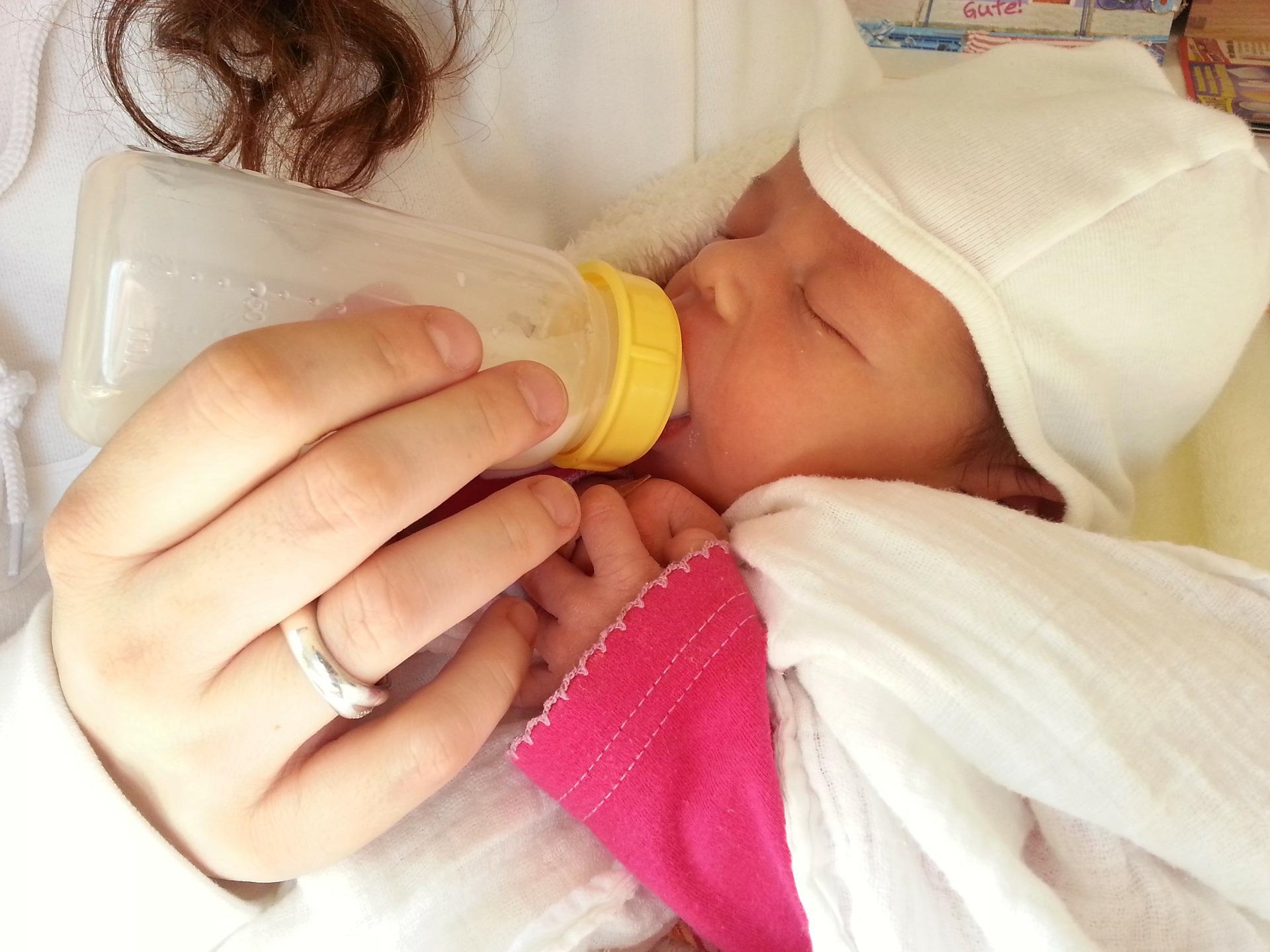Sterilisation of baby bottles, storage containers and pacifiers are crucial to ensure the well-being of babies, especially those aged under one year. This also applies to babies who are breast fed, as mothers often store their milk inside containers or baby bottles.
Why is sterilisation important?
Microorganisms such as bacteria, fungi and spores thrive in moist, food-rich environments such as the area between teats and bottle caps, rings around bottle tops, and even moulded linings of plastic bottles. Regular usage will also leave residual trace layers of milk. Over time (weeks, or even days), the colonies of such microorganisms will grow in size and will begin to pollute new batches of milk prepared in the bottle. This affects the gastrointestinal system of babies, whose immune system is still relatively weak.
Since washing and rinsing cannot completely remove contaminants, especially in hard to reach places, this could lead health complications such as diarrhoea, colic and thrush. To make matters worse, certain airborne viruses are also able to propagate inside bottles. A steriliser ensures that such microorganisms are eradicated, and thus, safeguard the health of your baby.
How to sterilise baby bottles?
Sterilisation is meant to sanitise, not clean, so before sterilising baby bottles and storage containers, please wash them thoroughly first using tap water and detergent. Remember to use a bottle brush to clean their insides. This applies for new, unused bottles as well – imagine the number of hands and machines involved in the production and packaging of bottles!
Next, heat a pot of water over a stove. When the water starts to boil, place the bottles and containers in the pot. Leave them inside the pot of boiling water for at least five minutes (preferably ten minutes, but no longer*). This will remove 99.9% of all germs and contaminants (you can’t reach 100%, unless the process is conducted inside a certified clean room using purified water).
After taking the bottles and containers out, immediately dry them using a clean piece of cloth before airborne contaminants latch onto the moist surface.
* Plastic bottles and containers made from polyethylene or polypropylene degrade when exposed to high temperature or sunlight. Some low quality polycarbonate made products will even gradually degrade in normal ambient temperature after multiple use. As such, always buy products that are labelled food grade quality. In addition, look out for products made without Bisphenol A (BPA). BPAs are heavily used to create a variety of clear plastic products for decades, but they are now banned in North America and many countries in Europe owing to harmful health effects. However, some manufacturers, especially from third world countries, continue to use BPA owing to cost efficiency.
Commercial baby steriliser
If you are looking for more professional and efficient sterilising solutions, there are a variety of commercial baby sterilisers on the market. They can be broadly categorised under the following three categories:
- Microwave steriliser: Baby bottles are placed inside the microwave using a supplied rack. The heat from the steam sterilises the bottles.
- Cold water steriliser: Perfect for traveling. A special fluid solution is added inside a container, and bottles are placed inside. Bottles can remain sterile for up to 24 hours.
- Electric steriliser: Works on the same principal as a microwave steriliser, but without the microwave. Simply place bottles inside the container and turn it on for about six minutes. Perfect for households with more than one infant.

